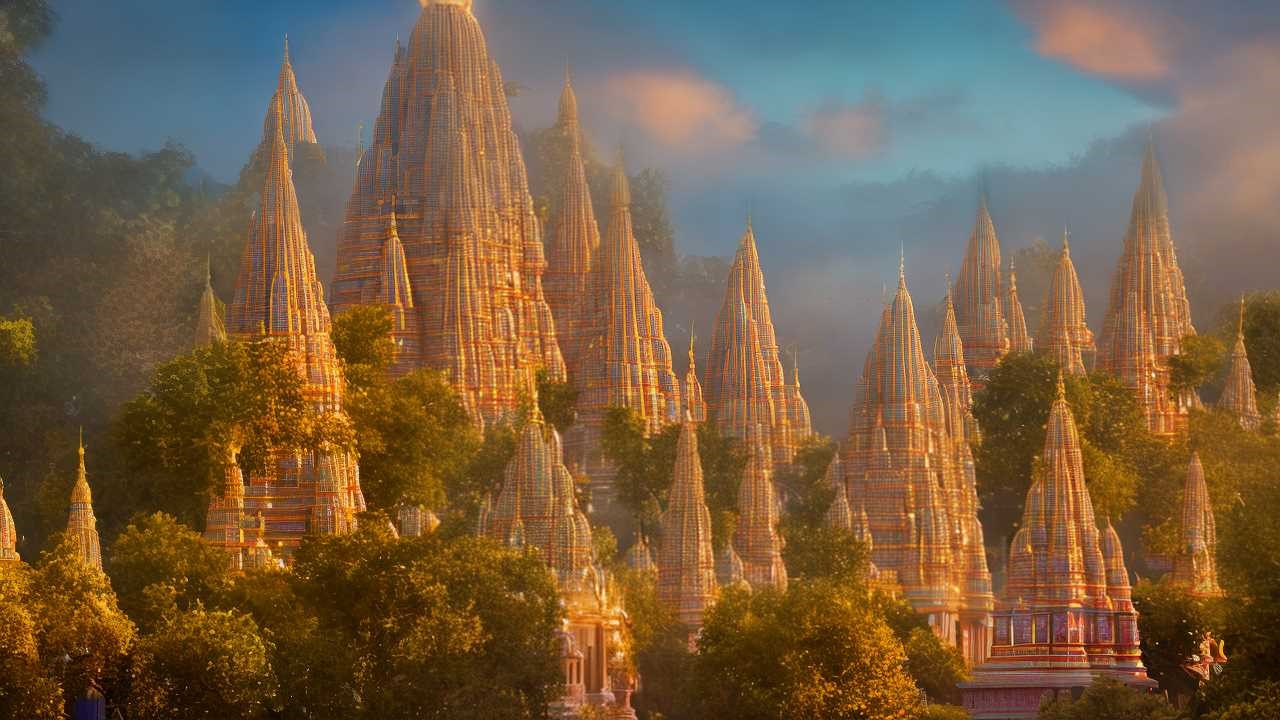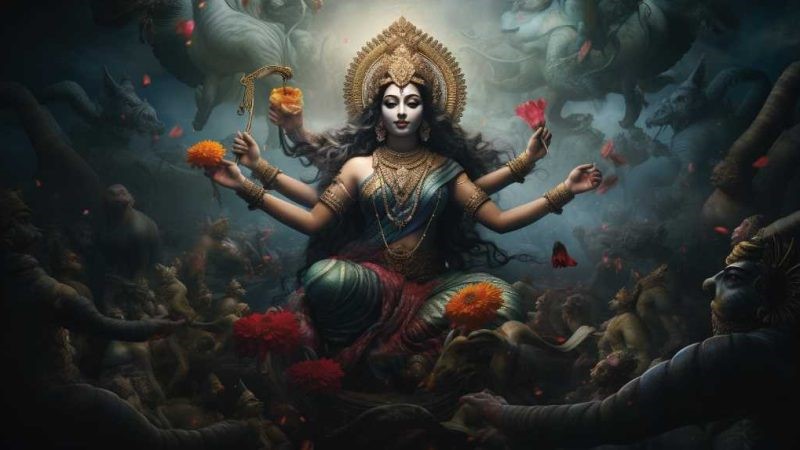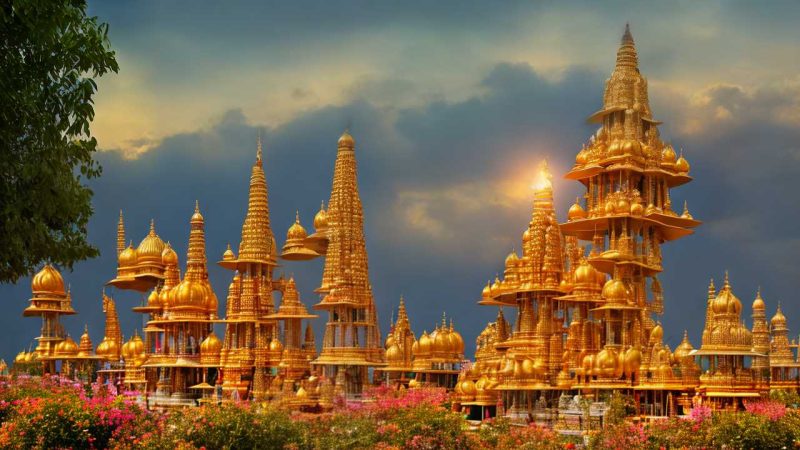Community and Faith The Hindu Temples of Fremont

In Fremont, a diverse city, the Hindu temples are more than just buildings for worship. They are active, communal places where people’s beliefs and community life come together.
These temples not only have historical and architectural importance but also show how they help shape the city’s culture and spirituality. They are not just made of stone; they are alive with traditions, rituals, and celebrations that are important to Hindu culture.
Additionally, these temples teach people about their practices and connect different generations. It’s worth looking closer at how these places of worship are an important part of Fremont’s community.
Historical Significance of Temples
The Hindu temples in Fremont are important because they connect the local Indian-American community to their roots in India. They do more than just offer a space for religious practices; they’re like museums that showcase the beliefs and artistry of ancient Indian societies. Inside these temples, the detailed sculptures and symbols tell us about Hindu gods, ethical ideas, and how Hindus understand the universe. These temples show that Indian culture and religion have a long-lasting influence, as they have moved across the world and settled in places like Fremont. They help keep the memory of India’s history alive and share its unique contributions with everyone.
To make sure the story of these temples is clearly told, let’s talk about a specific example. The carvings on the walls might depict a scene from the ancient epic, the Mahabharata, showing the moral dilemmas faced by its characters. This gives visitors a glimpse into the complex, storied past of India.
When we look at these temples, we can see they’re more than just buildings. They are a key part of how Indian-Americans in Fremont can stay connected to their culture. It’s like having a piece of India right there in the community. This helps people from different backgrounds learn about and appreciate what India has given to the world.
Architectural Marvels Unveiled
Walking into the Hindu temples in Fremont, you can’t help but notice the stunning architecture that has been influenced by centuries of Indian tradition. The beautiful stone carvings and statues are more than just decorations; they reflect important beliefs and tales from Hindu teachings. These buildings show the incredible skill of craftsmen who brought the age-old concepts of Vastu Shastra, an Indian architectural philosophy, to life.
In these temples, the tall towers known as vimanas and the pavilions called mandapas are arranged in a way that lines up with certain star patterns and the points on a compass. This shows that the people who built these temples knew a lot about stars and shapes. Every part of the temple, from the statues of gods to the detailed designs, is made according to specific rules about symbols. This means the temples are not just places for people to pray but also represent deep religious ideas.
In simpler terms, Fremont’s Hindu temples are like a bridge to India’s past, showing off the talents of ancient builders. These temples are carefully designed to reflect the universe’s order and Indian spirituality. When you visit, you see more than just a religious site; you’re stepping into a space filled with history, art, and meaning.
Spiritual Practices and Rituals
In Fremont, the Hindu temples are not just buildings but places where people come together to worship and keep their culture alive. People do different things to show their devotion, like puja, which is a way to worship, aarti, where they offer light as a symbol of their respect, and bhajans, which are songs they sing to honor their gods. These activities are important because they help people feel connected to their faith and each other.
Each deity, or god, in these temples represents different parts of life and the spiritual world. This means that the rituals change depending on which deity people are focusing on. This is important because it allows people to connect with the different aspects of their spirituality.
When people come to these temples, they are looking for blessings and a chance to pray. This is more than just a personal experience; it’s a way to feel part of a larger community. This connection is crucial because it helps people feel supported by others who share their beliefs.
Cultural Festivities and Events
In Fremont’s Hindu community, cultural events are key highlights of the year. They celebrate important traditions and bring people together. These events, including popular festivals like Diwali, Holi, and Navaratri, turn temples into bustling places of worship and fun. They are planned with great care to make sure they stay true to religious practices while welcoming everyone to join.
Temples are also places where people of different ages talk to each other, helping young people understand their culture better. These festivals are more than just fun; they help keep the community close, pass down important values, and maintain the cultural identity of Fremont’s Hindu residents.
For example, during Diwali, people light up the temple and their homes with lamps, which makes the whole area look beautiful and teaches kids about the triumph of good over evil. Holi is another example where everyone throws colored powder, sharing in joy and teaching the message of equality and forgiveness. Navaratri’s nine nights of dance and music not only entertain but also connect everyone to the story of good winning over evil.
These festivals show how Fremont’s Hindu society stays strong and connected.
Educational Outreach and Impact
The educational initiatives undertaken by Hindu temples in Fremont play a significant role in fostering an understanding of cultural heritage among community members. These institutions serve not only as places of worship but also as centers for learning, where people of all ages can delve into the richness of Hindu philosophy, scriptures, and the Sanskrit language.
Programs are meticulously designed to cater to various interests and proficiency levels, ensuring a broad and lasting educational impact. Analytically, the outreach efforts contribute to sustaining cultural identity within the diaspora while promoting intercultural dialogue.
Respectfully, the temples’ educational services garner appreciation for their inclusivity and adaptability to contemporary contexts, thus informing a community-centric approach that reverberates with relevance and respect for the enduring traditions they uphold.
Conclusion
The Hindu temples in Fremont are important places for both religion and community. These temples are not just beautiful buildings; they are important because they keep cultural traditions alive and help bring people together.
These temples also teach people about history and are places where many cultural events happen throughout the year. The temples create a place where people can focus on their faith and also be a part of the community. This is especially important for people from India living in other countries because it helps them stay connected to their culture.
For example, during festivals like Diwali, the temples organize events that let everyone participate in the traditions, enjoy special foods, and meet others who share their heritage. These temples show how the Indian community is keeping its culture strong, even far from home.






